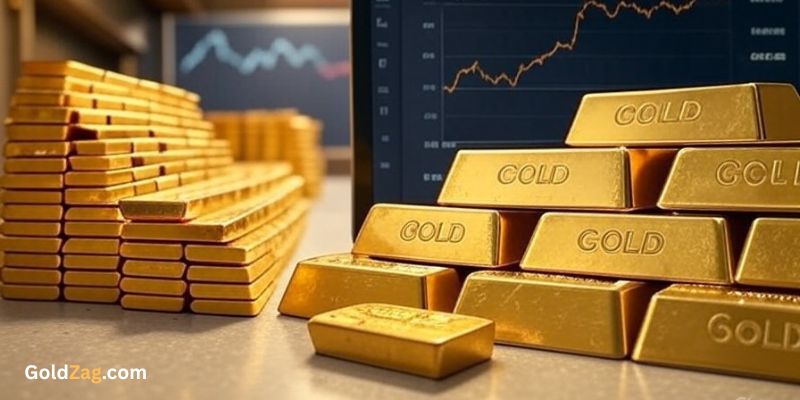How Geopolitics Affect Gold Prices

Gold: The Ultimate Barometer of Fear
Gold has been considered a safe-haven asset for centuries. Unlike currencies or stocks, its value is not tied to a specific government's policies or a company's performance. This unique characteristic makes it highly sensitive to geopolitical instability.
1. Global Conflicts and Wars
During times of war or significant military conflict, investors often flee to the safety of gold. The uncertainty surrounding the outcome of a conflict devalues currencies and disrupts economies, making tangible assets like gold more attractive. This "flight to safety" increases demand and drives up the price.
2. Political Instability and Elections
Major political events, such as contentious elections in large economies or political turmoil in key regions, can create economic uncertainty. Investors may buy gold as a hedge against potential policy changes that could negatively affect markets or lead to inflation.
3. Trade Wars and Sanctions
When major economic powers engage in trade disputes or impose sanctions, it can disrupt global trade and slow economic growth. This uncertainty can weaken the U.S. dollar (the world's reserve currency), which often has an inverse relationship with gold. A weaker dollar typically makes gold, which is priced in dollars, cheaper for foreign investors, increasing demand.
4. Central Bank Actions
In recent years, central banks, particularly in emerging markets, have been increasing their gold reserves. This is often a geopolitical move to diversify away from the U.S. dollar and increase their own financial sovereignty. This consistent, large-scale buying provides a strong floor for gold prices.
By monitoring the global political landscape, investors can better understand the forces that may influence the price of gold and make more informed decisions.


